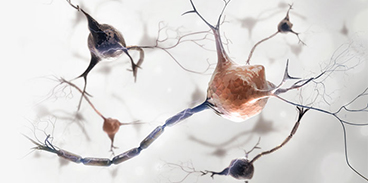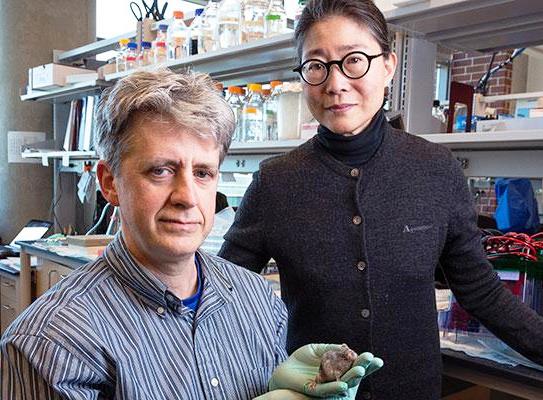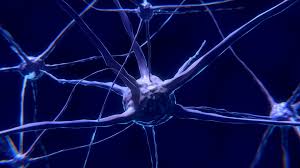
In 1906, the pathology of progressive dementia was first described by Dr. Alois Alzheimer and scientists began to study Alzheimer’s disease in laboratories and clinics around the world. Over a century later, we still lack a clear understanding of the fundamental biology and underlying cause of this devastating disease.
The Grossman Center collaborates with other scientists to examine the molecules and proteins involved in the development of Alzheimer’s disease. While many studies focus only on the hallmark amyloid plaques and tau tangles that accompany disease progression, we are targeting additional molecules that may be the more crucial disease mechanisms. As we hone in on the structure and function of these molecules, we aim to uncover and block the underlying cause of Alzheimer’s disease. We are driven to bring our research findings into the clinical realm to develop and test disease treatments. Our core team includes the Ashe lab and Yuan lab, and we work with several research groups at the University of Minnesota and other institutions.
Building a network to strengthen brain connections
One of the greatest assets of the Grossman Center is the expansive network within the University and across the field with whom we work to advance Alzheimer’s disease research. Our center’s mission is driven by several innovative collaborations. These partnerships bridge multiple disciplines, integrating their tools and techniques in novel ways to study Alzheimer’s disease and develop treatments.

Next Generation of the Grossman Center
The Grossman Center With-Out-Walls = GWOW
While retaining our core group of scientists, we have added a cross-functional team of individuals committed to making a difference in the lives of those living with dementia, their families and caregivers.


